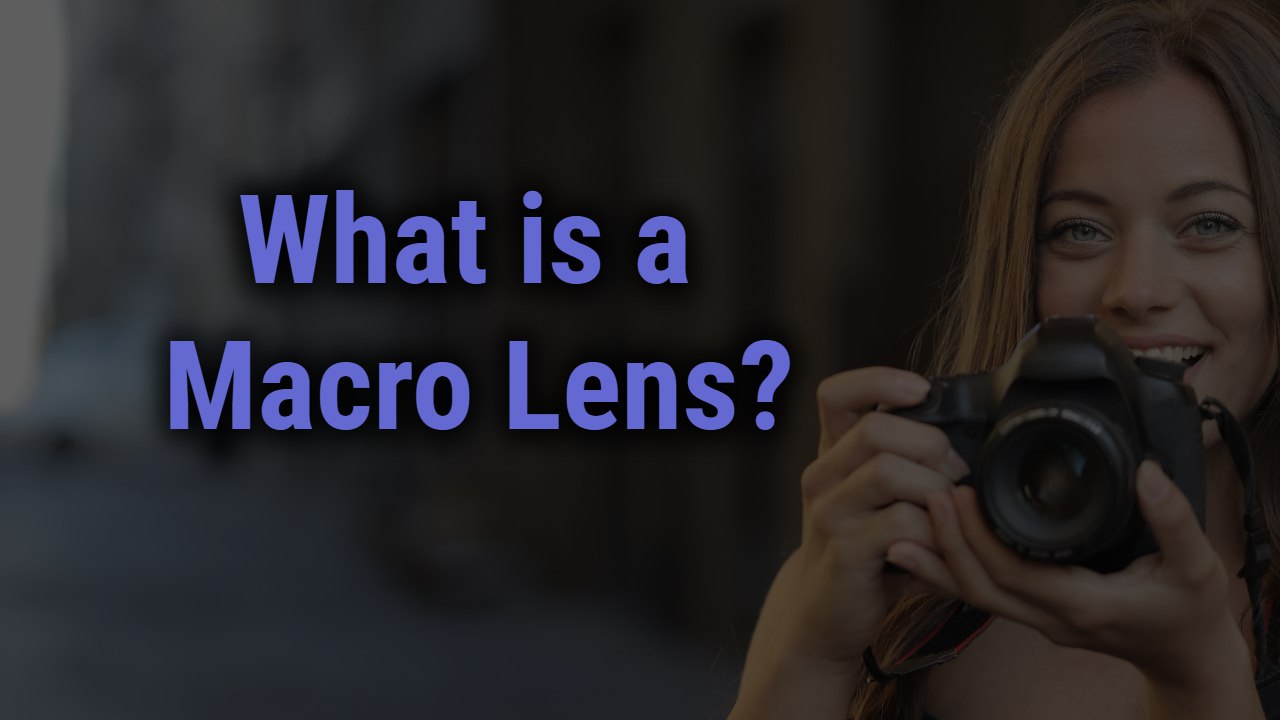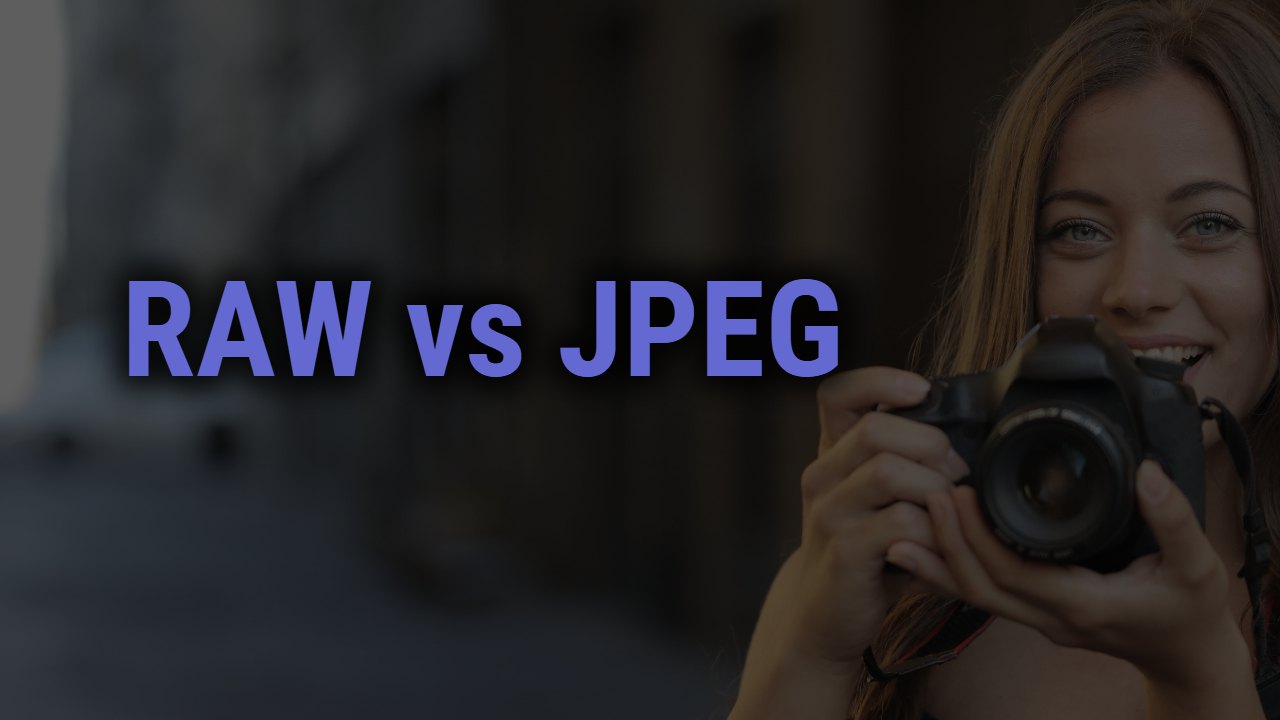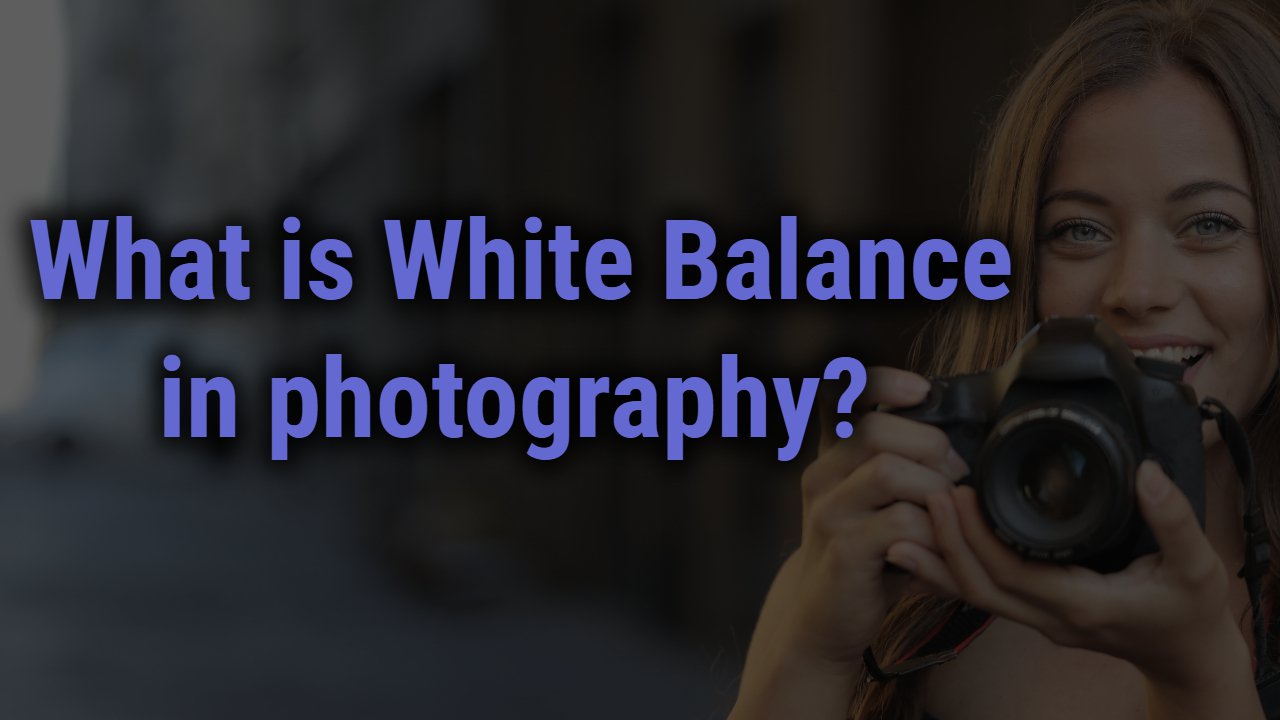Flawless photography is not always doing practice; sometimes, a heavy hand of advanced tools helps out creating an out-of-the-world shot. These advanced tools may be effective cameras and intuitive lenses.
The lens can specialize according to its shooting distance and versatility. The macro lens is characterized as the one that allows you to capture the smallest details with precision, the one with extreme magnification and exquisite focusing exclusively on insects and flowers.
Having an ideal macro lens is not much more than a blessing because it can unleash the way to create a jaw-dropping image of closed-range subjects like food and objects.
So, we have brought that lost subject to photography; a proper insight into the macro lens that can throw an intellectual spotlight, helping you know better and shoot better. This guide can grant you useful knowledge about the macro lens, which ultimately helps you get better at macro photography.
This Post Contains
Know about the Macro lens?
The macro word derives from Micro(smallest); these are the ones that allow you to take pictures of tiny details. Macro lenses frame small living creatures or objects, which is why they are also called the close-up lens.
They work by granting intimidating focus on a very small portion of an image, bigger than the life-size scenario. They can be characterized by the shortest focal length and wonderfully closest magnification.
These lenses are designed to focus extremely on the closest subject in such a way that it appears large in the viewfinder capturing precise, detailed figures.
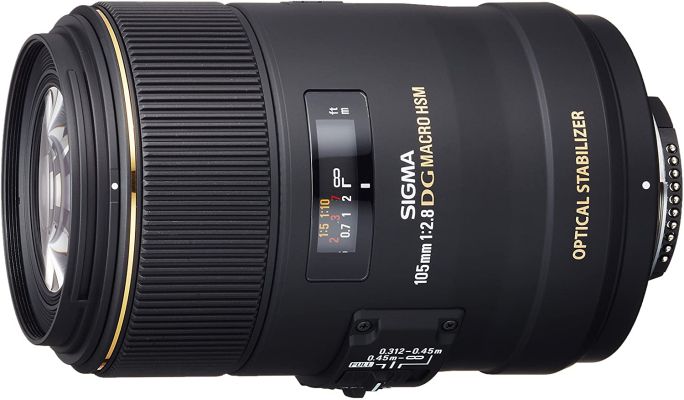
The macro lens does come in a different variety that specializes on the basis of wide-angle to telephoto, but the more effective are the true macro lens.
True Macro lenses are destined to project the subject onto the camera sensor at a 1:1 reproduction ratio granting the tiniest detail.
Macro lenses work so intriguingly great because of the magnification ratio. The macro lens is designed to enlarge the object to at least a 1:1 reproduction ratio, which signifies the relationship between the real world and the subject.
The magnification ratio of 1:1 supposedly means that the subject size on the sensor is the same or even greater than the actual appearance. This makes the taken shot super sharp, full of details, and closest up.
Different Types of Macro Lenses
As we said, macro lenses are subjected according to the focal length; the focal length range defines the working distance and the character of the lens itself. In such a way, there are three significant lens types in photography.
- Short Macro Lenses– The most convenient lens with the shortest focal length is from the 35mm to 50mm range. This requires the photographer to stand closest to the subject to get the view. But these lenses are the straightforwardly easiest and most lightweight, and they don’t have a heavy price.
- Intermediate macro lens– The moderate-ranged macro lens with a focal length of 75mm to 105mm and a durable body to experiment with creativity. They are not very heavy either, and they attach with a long enough distance to work that doesn’t include hovering over the subject.
- Long macro lens– These are the finest macro lens that has a longer focal length, one with a focal length limit from 135mm to 200mm. They are best at catching the best quality image, even from the longest distance possible. They are destined for the shy macro subject like insects, flowers, and others; these lenses are expensive and the heaviest.
Major uses of Macro Lens?
Generally, Macro lenses are the ones with the closest capturing ability; the lens with increased focal length range. Since the Focal length of the lens tends to be the smallest, the user can experience details, sharpness, and exquisitely bokeh filter decorated back due to the increased depth of field.
This artistic vision of the lens makes it super helpful in various photography styles, and they have massive usage. Let’s see what the significant way a macro lens can be used is.
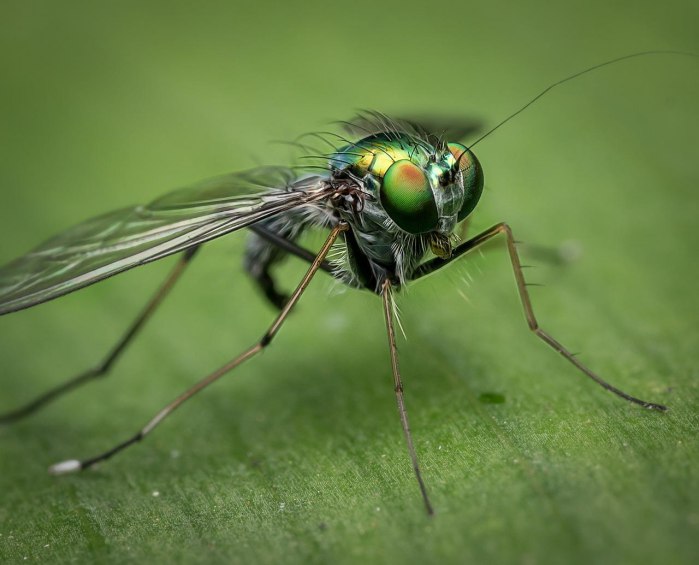
- Nature– These lenses are a great tool for capturing flora and fauna creatures, bugs, flies, plants, and others
- Portrait– These can also be used for capturing the stunning portrait of a person itself.
- Food– Vloggers also prefer Macro lenses to shoot dining food at restaurants and events.
- Products– These can be used for shooting detailed visions of different products (like electronics, jewelry, and other goods.)
How Macro lenses are different from regular lenses?
Macro lenses are quite different from others; they are the special one that has the ability to work with the shortest focusing distance keeping eye on detail over the small subject with extreme sharpness, which can not be said the same as the other ordinary lenses.
Lenses like True macro lenses are subjected as the one with the excellent magnification ratio of 1:1 (or greater) that leads to shot some gloriously stunning close-ups with a minimum focusing distance of 30cm.
Regular lenses do not engage with such promising abilities. Macro lenses are different from regular lenses in an entirely effective way.
- Macro lenses can take pictures of the smallest object, while regular lenses can take pictures at a normal distance.
- The sensor size of the macro lenses is found to be quite larger than the ordinary lenses for the focusing factor.
- Macro lenses have a narrow depth of field to exceptionally focus on the subject, unlike the regular lens.
- The subject with the macro lens can fill up the whole camera’s viewfinder, which cannot be said the same for the regular lens.
- Macro lenses have more elements than regular lenses, which is why they can resolve more details.
Significant benefits of Macro lenses
Macro lenses come quite a handful when it comes to photography with creativity; this is potentially equipped to shoot a life-size image, and they masterly catch the precise details that the human eye barely sees, like the veins, pattern, or water drop on petals and others. Other than that, these macro lenses are beneficial in many other different ways; some of them are
- These lenses are used for taking sharp images.
- These lenses can be used for capturing the detailed subject.
- These are beneficial for shooting flowers, plants, insects, and products.
- These are quite affordable and do not approach the expensive cost.
- They are known for having better bokeh and portrait effects in the close-up image.
- They are destined to try new trends and implement creativity in photography.
- These lenses are heavenly flexible and strongest at the same time granting ease of usage.
- These lenses don’t seek high maintenance and can be carried with you every time you go out.
Characters of Macro Lens
The artistic ability of the macro lens allows us to focus extremely close to the subject and get the life-size image in the most creative way possible.
Now, these lenses are entirely different from the regular lens like we study; these differences are classified on the basis of the lens character.
Focal length in Macro Lens – The focal length is the major that defines the lens category and also determines your field of view while working with the distance available. Macro lenses have a fixed focal length like prime lenses. The focal length should be chosen carefully with the macro lens. First, you have to figure out the sensor size (full-frame or a crop sensor) and always opt for the shortest focal length.
The focal length of Macro lenses – 15mm to 200mm
Magnification in Macro lens– The magnification ratio is the key component of the macro lens; this is called the reproduction ratio, which determines how much the subject will be zoomed in or enlarged in the final picture. The dedicated macro lens has life-size imaging with 1:1 magnification, while the alternative 1:2 is half-life-size, granting better shots of landscapes and portraits.
Magnification Macro lens use– 1:1, 2:1, 3:1
Magnification Macro lens doesn’t use– 1:2, 1:3, 1:4
Depth of field in Macro Lens– The depth of field in a Macro lens specifies how much of the area in the image is precisely sharp and how much of the area encounters blurriness. With the greatest magnification factor of the macro lens, you can expect a very shallow depth of field. This will point out the details with sharp focus and blur the rest giving the whole frame a professional look.
Image Quality in Macro lens– Macro lenses are vastly known for having an unrivaled imaging ability. This is done because when you take the picture at a short distance for a close-up factor, you won’t cross paths with visible distortion in optical. Also, some macro lenses have a floating optical element that manages the lens geometry and results in pinpoint focusing with better illumination and image quality.
Photography with Macro Lens– Macro lenses are the ones that take incredible close-up photos; they are followed up with extremely close focusing intended to capture the details that even the human bare eye cannot see. These lenses are perfect for natural food and products.
- Landscape with Macro lens– Macro lenses can be used for shooting a landscape with the broadest vision, but they usually blur out the specific details in such shots because their ideal focus sticks to the target subject.
- Portrait with Macro lens– Macro lenses are an expert in shooting human or animal portraits because they have a tendency to bring out the precise details in order to thrive with a sharp and professional portrait shot with other obstacles blurred in the back
Tips for shooting perfection with a Macro lens
Even with the astonishingly fruitful abilities of the Macro lens, there might be some serious or secret hack that can improve the macro photography or make the footage even better. Scroll down to such basic tips
- Always know your subject before shooting; pre-plan and choose the adequate subject.
- Ideally, fix the focal length, magnification ratio, depth of field, and other technical terms.
- Use the possibly relevant amount of lighting; too low light can darken the frame, while too much light can block out the details.
- Remember, stabilization is key; opt for the stabilization in the image to eliminate the camera shake.
- Macro images have a shallow depth of field, so make sure your color fits better in the back.
- Keep an eye out for the distortion and aberration stuff to keep your frame flawlessly sharp.
- Practice a lot; meaning takes a lot of pictures trying new angles until you find perfection.
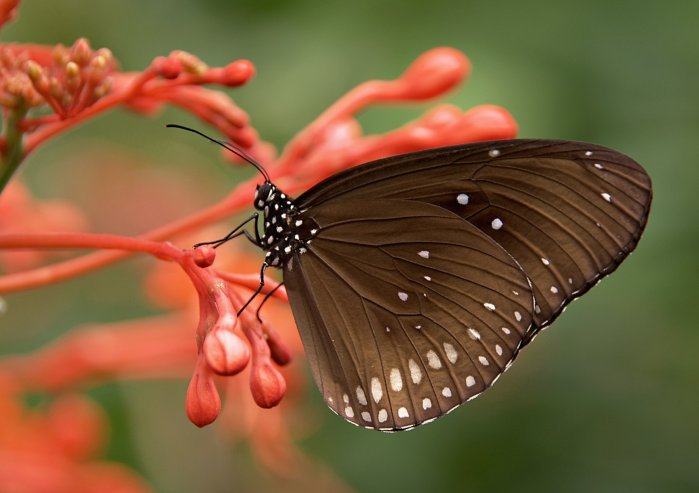
Final Words
Summing up the whole, let’s revise the crystal-clear fact that nothing can be more creatively potent than shooting magnificent closed-range photography.
The lens versatility, performance, and ability don’t look for any limit with the pure dedication to providing improved quality images. These lenses are high-performer and optimized according to the photographer’s convenience, making every penny worth it.
Ending the article with the bright hope that this effort of ours has made things easiest for you and that you have successfully taken a step ahead in mastering macro photography, whether it’s about shooting or buying the lens itself.
You are unstoppable with the verdict of shooting flawless closed-range stops.
Cheer up!

